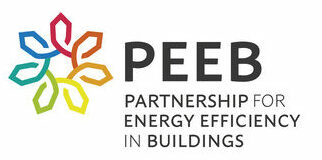A new area the size of Paris is built every week, as the world is going through an unprecedented era of massive construction. As a result, the global building floor area is expected to double by 2060. The production of building materials and construction activities is responsible for 10% of global energy-related greenhouse gas emissions. The manufacturing of cement and steel and other conventional materials causes most of these emissions.
We need to rethink how we construct our buildings to reduce embodied carbon. Strategies range from building less, to improved designs that have a longer lifetime, require less material or use low-carbon materials. For building materials, we need a double strategy: We need swift action to reduce the carbon footprint of conventional building materials such as concrete and steel. At the same time we need to increase the market share of alternative soutions, such as bio-based materials.
This PEEB Working Paper, Embodied Carbon – A Hidden Heavyweight for the Climate, presents the key facts on embodied carbon, as well as practical strategies on how to reduce embodied carbon during the planning, design and construction process, as well as for building materials. To promote action on embodied carbon, it then lays out how policy and financing can be used to accelerate the decarbonisation of building materials and construction.
